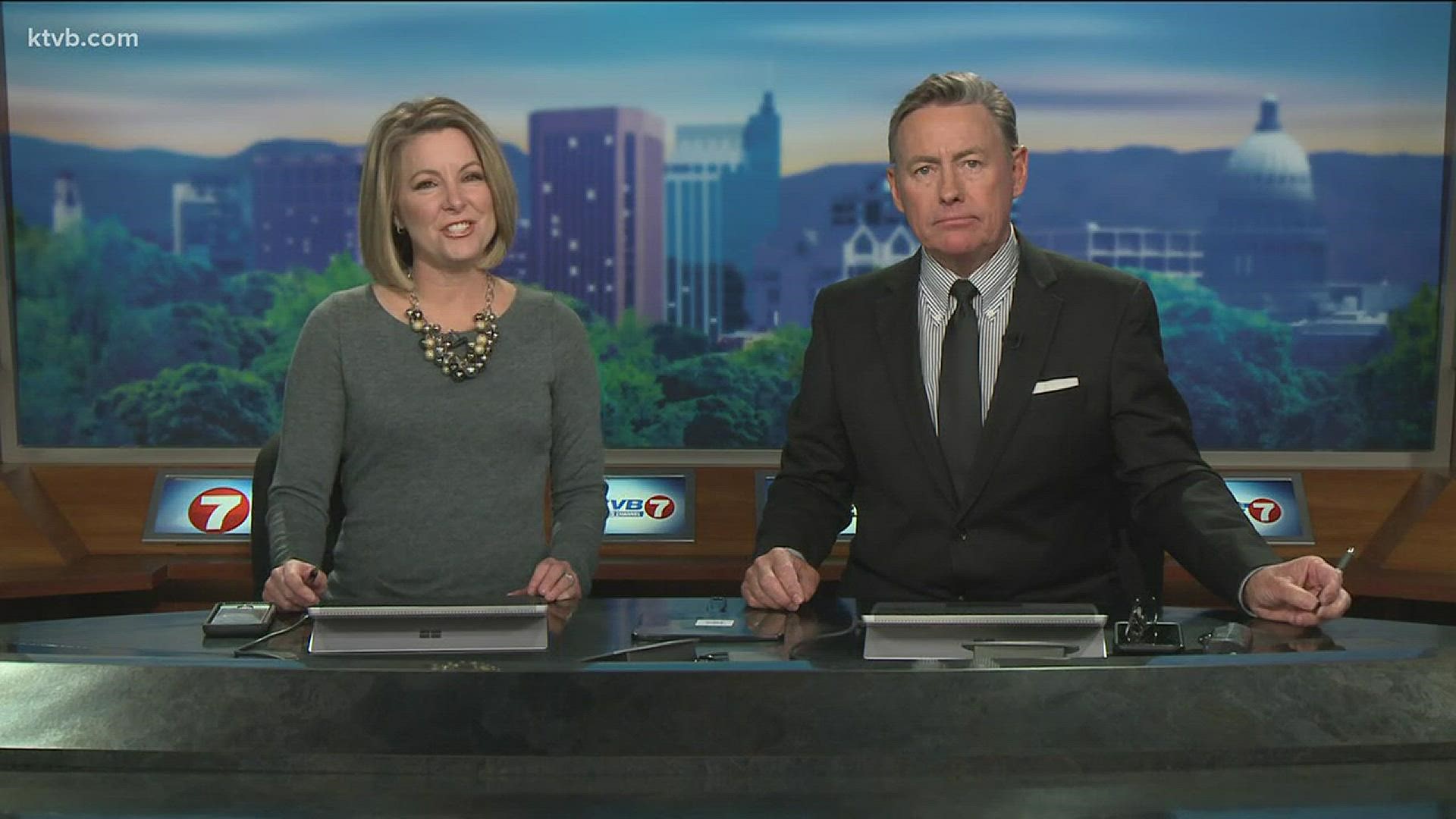For many of you, rush hour traffic is a a guaranteed part of your day - like eating breakfast, lunch, and dinner.
"I've got a job one place, my wife has a job another place, my kids are going to school and all of the sudden we're a three-, four-, five-car family," said Stephen Hunt, Principal Planner with Valley Regional Transit.
Imagine being able to bypass the traffic on I-84 and get from point A to point B taking your travel from the roadways to the train tracks.
That idea, and overall expansion of the Valley Regional Transit fleet are in sight for Hunt in a plan called ValleyConnect 2.0. Right now, bus services are isolated to the Boise area.
"It doesn't make it very far west and when we think about the development that's happened in the last 20 years there's been a lot of development that's gone out up on the Bench and out in Meridian," Hunt said. "All of our services are kind of running north, south, and they don't penetrate east,west."
Before we can implement rail systems, Hunt says the service expansion will lay the foundation for that by giving people a way to get to the train.
"It's like building the arterials for the freeway where the rail is the freeway," said Hunt. "The freeway doesn't do any good without the arterials."
As far as where the rail system will be, ideas are still being tossed around.
"The default has been putting it where the existing rail line is and that may well be where we end up but there will be a whole series of processes to determine where the best alignment is," said Hunt.
Hunt says it's all about numbers when it comes to how many more buses will be added to the existing fleet of 50 buses. Planners are taking a look at forecasted population, employment, and traffic growth from the Community Planning Association of Southwest Idaho - or COMPASS.
"That plan suggests that we should have a system that's four times larger than we have today," Hunt said.
Officials say the population of Ada and Canyon Counties is expected to grow from 670,000 to more than one million in 2040. Hunt says there is a widening gap between existing transit services and what improvements are needed in order to keep up.
The plans are still in the early stages, there isn't any funding plan associated with the plans. Valley Regional Transit will be taking public comment on this until March 15. After the comment period, they will look at the comments and adjust their plan, which will then be taken to the Valley Regional Transit board. Then, Hunt says, they will look to their stakeholders for ways to fund their highest priorities first.

